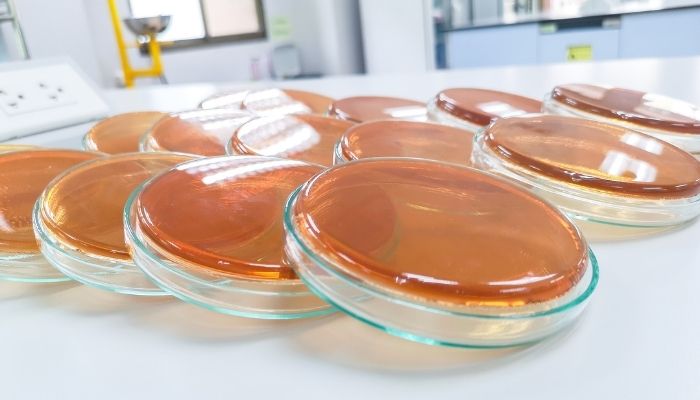While many people believe Salmonella outbreaks usually stem from infected poultry products, many everyday food products can contain Salmonella. This is generally due to the spread of fecal matter in food and is very rarely the result of person-to-person or animal-to-person contact.
It is important to note that there are different strains of Salmonella, with some being more deadly than others. To help bring awareness to the risk factors, we will review the five most common Salmonella strains you should know about, ranked from most to least common.
Salmonella Enteritidis
This is the most common form of Salmonella that people associate with poultry and eggs. Typically, this strain occurs in the ovaries and digestive tract of chickens and transfers into their eggs and meat. People infected with this strain display the common symptoms of diarrhea, fever, and cramping and must be treated promptly with antibiotics to prevent the bacteria from entering the bloodstream.
Salmonella Typhimurium
This is the second most common Salmonella strain and is very antibiotic-resistant. While poultry products can still be carriers, this strain also plagues the beef industry. Salmonella Typhi’s sub-type is the bacterial serotype that causes typhoid fever. People infected with this strain present similar symptoms to S. Enteritidis, but may also experience cough, rash, and painful headaches.
Salmonella Newport
Infected turkey products are often the culprits for Salmonella Newport, the third most common strain of Salmonella—and one that’s resistant to many antibiotics. However, the largest outbreak in the United States was in 1999, when mangoes were contaminated, and two people died as a result. Salmonella infects fruits and plants when contaminated water or fertilizer enters through gaps where lateral roots branch out from a primary root.
Salmonella Javiana
Although this strain is the fourth most common, the USDA doesn’t regulate most of the products prone to contamination. However, many of these products, including watermelon, lettuce, tomatoes, and mozzarella cheese, are FDA-regulated. In addition, this strain occurs mostly in fruit rather than meat and poultry products.
Salmonella Heidelberg
Salmonella Heidelberg is one of the leading causes of death in dairy calves and can spread to farmers and other dairy cows. Unfortunately, there is no specific medication for this strain that can protect the lives of calves, and FDA guidelines do not address this strain of Salmonella. Although rare, it is possible to find this strain in any dairy product due to the nature of the bacteria.
Now that you know about the five most common Salmonella strains, you can keep yourself and your loved ones safe by monitoring outbreaks through your local health department news and washing food before consuming it.
































